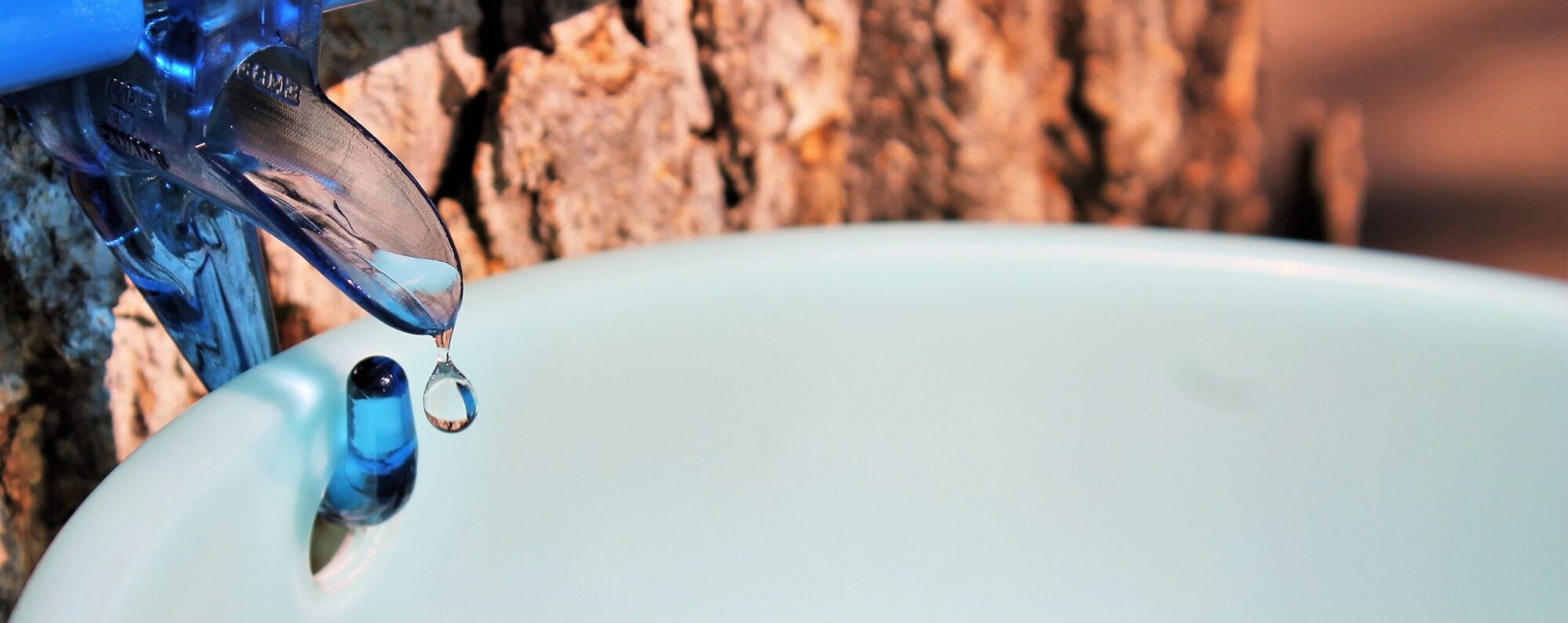There are three simple ways to tell when the oh-so-short maple tapping season is done.
Sign #1: You Have Enough Maple Syrup!
We sincerely hope you reach your personal goal of maple syrup production before the season officially ends. This is usually indicated when your shelves are overflowing with maple syrup and your family is begging you to stop boiling sap and go get some groceries already because they are tired of pancakes!
But we all know you really can never have enough pure maple syrup so most of us rely on the next signs to know when to stop.
Sign #2: Weather Warms Up and Sap Slows Down
The forecast says it all . . . as nighttime temperatures warm up past freezing (and stay there), sap runs to the top branches which causes the tree to bloom or bud out. Also, the warmer the weather, the more energy the tree has to heal the taphole you’ve drilled which cuts off the sap flow from that spile (this is sometimes referred to as “drying out” but it really is just sealed over). Anyway, once you see buds, you’ve moved onto Sign #3.
Sign #3: Buds Open Up
As the warm weather and Spring Fever grips us with dreams of gardening, it also encourages the tree to open up its little buds and start growing leaves. But once those buds open up, the sap takes on an off-flavor and makes for odd-tasting syrup and the sugaring season has come to its end.
When You’re Done: Pulling the Taps
Once you’ve decided to stop collecting sap, gently pry your spiles from the trees. Just leave the taphole as is and it will naturally heal over the summer. Thoroughly rinse your equipment in hot water but do not use dish soap. Some folks use a mild bleach and water solution (especially for tubing) but you must thoroughly rinse all equipment so no traces of bleach remain. After everything is dried, pack it away for next year.
If you’re really adventurous, you can find a way to extend your season by tapping other varieties of trees such as birch or black walnut. Their seasons last a bit longer than sugar maples, read more on our blog here . . .

